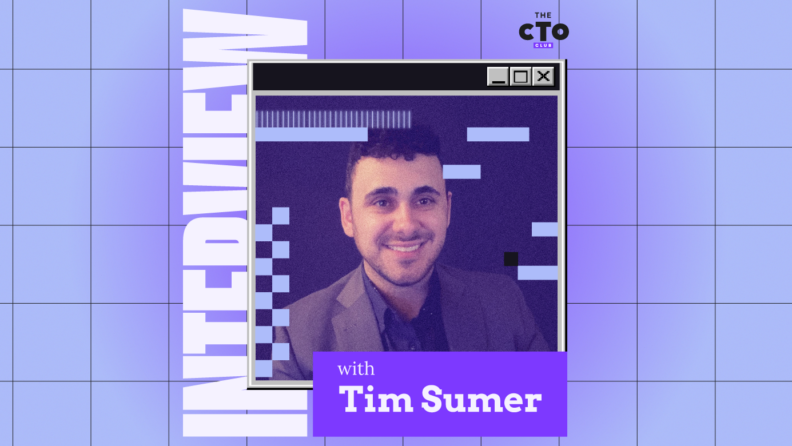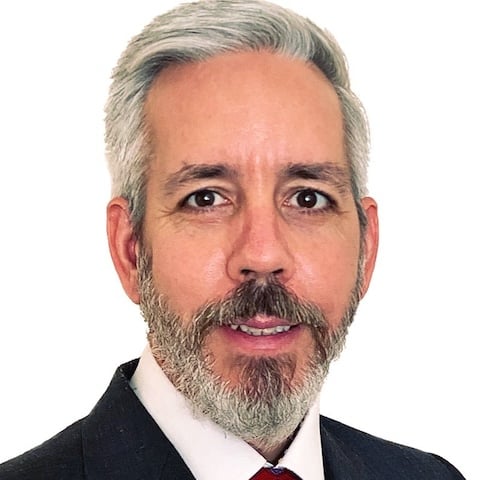My guest today is Tim Sumer, CEO of USA Marketing Pros. He brings hands-on experience to our discussion of leveraging technology to improve business outcomes and stay competitive.
He shares practical tips for businesses to optimize their IT resources to support marketing objectives, streamline workflows, and maximize ROI. From adopting cloud solutions to investing in continuous training to implementing proactive monitoring tools, Tim will share proven approaches to IT optimization that have propelled his company to success.
Whether you're a small business owner, an IT professional, or a marketing strategist looking to elevate your company's tech capabilities, this Q&A will cover actionable strategies to transform your IT operations.
Hi, Tim. Welcome – What’s your back story?
My passion for technology was fueled by witnessing small businesses around me struggling to make their mark in the digital landscape. Recognizing a gap between business needs and available solutions, I ventured into digital marketing, eventually founding USA Marketing Pros.
How do you balance short-term resource optimization goals and long-term strategic IT planning?
At USA Marketing Pros, there was a time when we faced a significant challenge with our data storage. The immediate solution was to invest in larger on-premises storage solutions. However, knowing our long-term growth trajectory and the potential of cloud technologies, we decided to invest in a hybrid solution.
Initially, it was a bit over our budget. However, this strategy not only addressed our immediate storage challenges but also set us on a scalable path for the future. This decision has paid dividends as our data needs have expanded, validating the importance of balancing short-term goals with long-term planning.
What role does feedback from end-users and stakeholders play in shaping your resource optimization strategies?
Once, after rolling out a new feature in our AI Review Responder software, we received feedback from many end-users about its complexity and unintuitive nature. Although it performed well in our internal tests, the real-world application highlighted a user-experience challenge we hadn't foreseen. Instead of sticking to our initial design, we took this feedback to heart, reallocated resources, and made the necessary adjustments.
The revamped feature was not only easier for users to navigate but also enhanced its effectiveness. This experience reinforced the importance of end-user feedback in shaping our products and resource allocation strategies.
What are your 5 Tips to Optimize IT Resources Through Infrastructure, People, and Processes? Please share a story or example for each.
It’s crucial to approach IT resource optimization holistically, addressing infrastructure, people, and processes. Here are my five tips:
1 . Infrastructure: Embrace Cloud Computing
At USA Marketing Pros, we once maintained our own on-site servers. As our data needs grew, we faced increasing costs in terms of both equipment and energy consumption. By transitioning to a cloud-based infrastructure, we could scale resources based on demand, significantly reducing costs and enhancing accessibility for our remote teams. It was a game-changer in how we managed our IT infrastructure.
2 . People: Invest in Continuous Training
We had a talented IT team proficient in technologies we used two years ago. However, as new tools and platforms emerged, we realized the importance of continuous learning. By investing in regular training sessions and certifications, our team stayed updated, ensuring they could always select and implement the best solutions for our evolving needs.
3 . Processes: Adopt Agile Methodologies
A few years back, we operated under a waterfall model for software development. Projects took months, and by their end, sometimes the market requirements had changed. Transitioning to an agile methodology allowed us to be more responsive, deliver in shorter cycles, and adapt to feedback swiftly. This ensured our IT resources were always focused on the most immediate and impactful tasks.
4 . Infrastructure & Processes: Implement Proactive Monitoring Tools
Downtime and system failures can be resource-intensive, not just in terms of immediate fixes but also in lost productivity. We implemented proactive monitoring tools that alerted us to potential issues before they became critical.
For instance, once our tool detected a potential security breach, allowing us to counteract it long before any real harm could be done. This proactive approach optimized resource allocation by preventing resource-intensive emergencies.
5 . People & Processes: Foster Cross-functional Collaboration
Our marketing team once wanted a custom analytics tool. The IT team built it, but post-launch, the marketers realized it didn't fully meet their needs. Recognizing this communication gap, we began hosting joint workshops and brainstorming sessions between teams. This ensured that when IT resources were spent on a project, it was aligned with the exact needs of the end-users, maximizing utility and minimizing rework.
In essence, optimizing IT resources isn't just about cutting costs or increasing speed. It's about ensuring that every piece of infrastructure, every person, and every process is aligned in a way that collectively drives the most value for the organization.
At USA Marketing Pros, this holistic optimization approach has been key to our agility, efficiency, and sustained growth.
Please subscribe to our newsletter for more Q&As with tech leaders across the industry.


